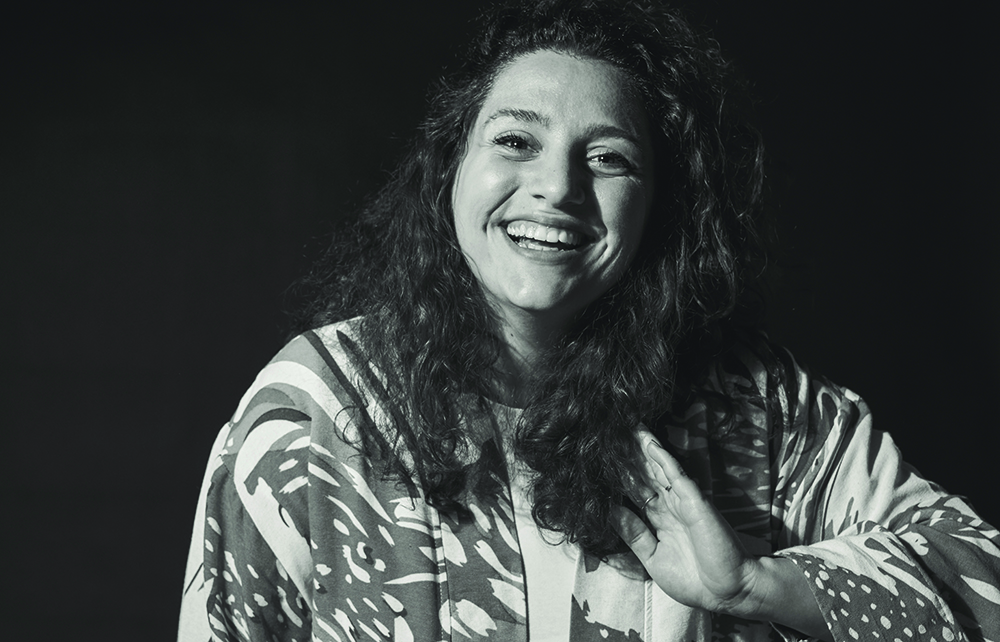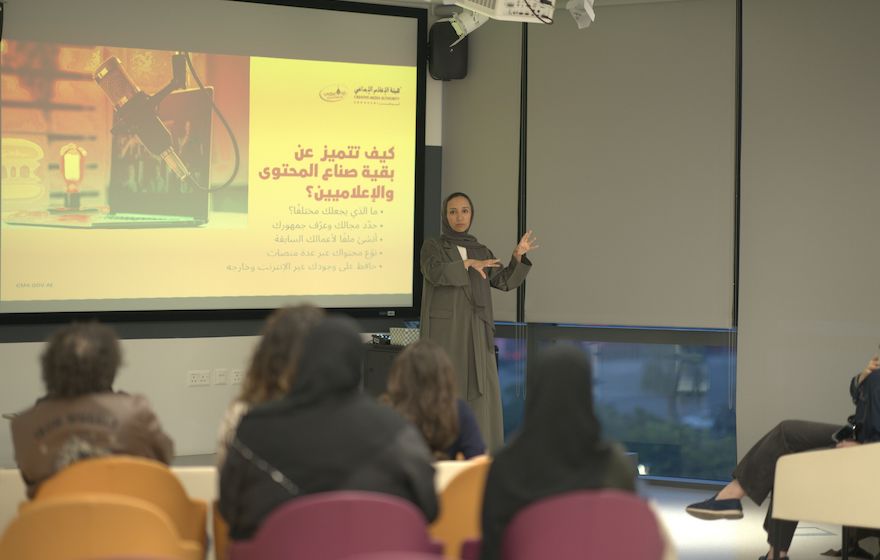What does creativity mean to you?
Creativity means life is never boring.
How did you find your calling in the depths of creativity?
I probably decided I was going to be a creative as soon as I learned to form sentences. Listening to bedtime stories was my favorite time of day, and I never had the patience to wait for someone to tell me one. So, I started imagining stories and narrating them out loud until I fell asleep. Thirty years later, I’m still doing the same thing, just with a bigger audience.
Can you tell us exactly what it is you do in your current role?
As a Creative Director, I work with a team of art directors, designers, and copywriters to translate clients’ briefs into creative campaigns that persuade people to buy into an idea or product. We blend imaginations with strong insights, detailed strategy, and craft to create work that resonates with people.
Research shows how gender could play a part in shaping personality influenced creativity. Do you think women contribute differently to the creative industry than men? If so, how?
A creative mind is formed from experiences, memories, and exposure to cultural and creative work. Of course, being a woman impacts who I am as a person, so it also impacts who I am as a creative. But unlike sports, for example, the creative field is one where everyone can contribute equally. Good ideas and impressive craftsmanship can come from anyone. However, this doesn’t mean the industry perceives genders equally.
What do you think are the key qualities or skills that have contributed to your success in the creative industry?
Understanding human behavior and uncovering the right insights have helped make my work relevant to people. When paired with creative skills, the work becomes meaningful and relatable. It doesn’t have to change the world, but it can at least bring a smile to someone’s face.
In what ways do you think the creative landscape in the MENA region is unique, and how do you incorporate regional influences into your work?
In the MENA region, people are exposed to much more than just their own culture; they’re influenced by everything around them, including global and Western cultures. This blend is what makes the creative landscape unique. You might hear someone referencing a popular Egyptian song, a scene from Friends, a manga character, and a European tradition—all in one brainstorming session. In our work, we must stay true to that mix—true to how we speak, think, dress, eat, and socialize. Incorporating cultural influence isn’t just a choice; it’s the brief itself.
What are some of the biggest challenges you have faced as a woman in the creative industry, and how have you overcome them?
In our region, like many others, the industry is mostly run by middle-aged men. I’ve been fortunate to work with some who are happy to listen to and believe in younger women, but unfortunately, most still tend to prioritize voices to their own. So, I’ve always needed to make sure my voice is heard; it was never a given. Though I’ve worked alongside incredible women creatives, only a few held high-level positions. This isn’t just a challenge to overcome—it’s something that needs to change entirely.
What role do you think culture plays in your creative process and the stories you tell through your work?
Culture and creativity are extremely interlinked. In our industry, the term “cultural relevance” is a term used constantly to ensure that what we create resonates with the local audience. I believe there’s nothing more bland than generic content that avoids cultural depictions or notions in an attempt to appeal to everyone. Culture is a major part of who we are, and if we don’t depict that in the content we create, we’re not connecting with what makes people human.
Do you think that amateur women entering this field of work need mentorship, or is this industry best embraced by self-taught professionals?
It takes a combination of both. Working in the creative industry requires more than a great imagination; it demands skills like art direction, design, and copywriting, which need to be taught and practiced. Mentorship will guide a new joiner to find her way in the industry, discover more about what she can do, and identify what she would excel at—even if that means moving between departments to find the best fit.
What would be your two cents to women aspiring to be where you’re at today?
It may look like fun, but it’s not easy. So, when things get tough, always remind yourself of the perks and never take things personally.






